Battle lines in India’s polls
Perhaps, the only certainty is the near decimation of the Congress party in these parliamentary polls.
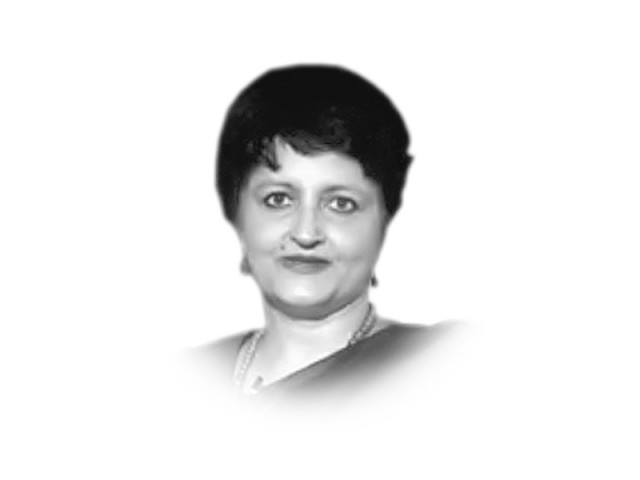
The writer is a consulting editor with The Statesman and writes for several newspapers in India
So there was all the mayhem over Telangana that has finally been created even as the political parties count the seats they can get from the fracas. To be fair though, there has been an ideological for and against position, with the regional parties, in particular, very clear about their positions. The BJP and the Congress, of course, confused the issue as much as they could, took sides that they retracted from, and eventually came together to support the bifurcation of Andhra Pradesh in parliament.
There is a certain, and now growing, sense in India that the BJP and the Congress work best together. They have the same economic and foreign policies, they differ only slightly on domestic issues, and by and large, appear to be natural partners who like to remain on opposite sides so that the opposition space is not occupied entirely by the regional parties. There have been several instances in the past when the two have come together to bail each other out of tough situations inside parliament, and their leaders are the first to admit that when they are in serious trouble in the legislature, they first look at each other for help.
Before almost every election, there is a whisper campaign about a national government of both the BJP and the Congress and others who care to join them, so as to get over a fractured mandate reality, and give what the middle class loves: a ‘stable’ government wedded together in anti-poor policies. This time, too, the rumour can be heard in the political corridors with even a prime ministerial candidate to head the so-called national government, namely the current President of India, Pranab Mukherjee, who is acceptable to both the Congress (or, at least, sections of it) and the BJP. This will not happen but this has become a fond hope of many in the BJP and the Congress, and their supportive elite.
Meanwhile, with barely weeks left for the polls, the battle lines are being drawn. There are broadly four formations now that will be contesting the elections. One led by the BJP that is still looking for partners, left only with the Akali Dal in Punjab and the Shiv Sena (straining at the leash) in Maharashtra. The second led by the Congress that is still to stitch up alliances in the states, but is certainly going to lead a far smaller United Progressive Alliance than ever before, into the fray. The third is the alliance of the Left Front and the stronger regional parties in the country, that could become a potential factor provided the regional outfits perform well in the Lok Sabha elections.
And the fourth is the wild card, the Aam Aadmi Party (AAP) that wants to contest 400 Lok Sabha seats; that still does not have the candidates; but seems to have the determination and the ability to make its aspirations work. The AAP is not in alliance with anyone, and nor will it be. It is clear that it wants to stand alone in the polls, before and possibly after. Its intention is to get at least 40 Lok Sabha seats that will make it the third largest party in parliament, and in position to determine the complexion of the next government.
Mega rallies are being held all across the country, with the BJP and the Congress clearly in the lead when it comes to money and more money. Both have launched a media blitz, and are said to be spending crores in just projecting their leadership, that translates into Narendra Modi for the BJP and Sonia and Rahul Gandhi for the Congress party. The others are lower key in their approach, working in the districts of their respective states that do not attract media attention.
It will be a fascinating election with all results up in the air. Perhaps, the only certainty is the near decimation of the Congress party in these parliamentary polls, but that will not mean that it will not have a say in the final formation at the centre. As for who will win and who will lose, at this stage, only the fools (and this clearly includes the pollsters) will dare to tread on ground that is so fluid.
Published in The Express Tribune, February 22nd, 2014.
Like Opinion & Editorial on Facebook, follow @ETOpEd on Twitter to receive all updates on all our daily pieces.

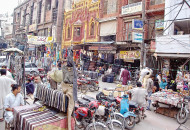

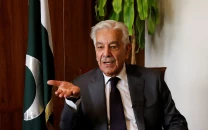
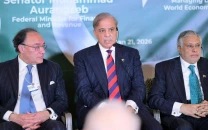
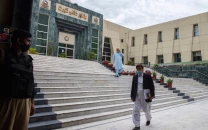













COMMENTS
Comments are moderated and generally will be posted if they are on-topic and not abusive.
For more information, please see our Comments FAQ